Burton, Tod and Coping with Covid
As most of you will know, or have guessed, the Royal Asiatic Society is now closed for the foreseeable future with the Reading Room shut to researchers and all lectures and events cancelled. The staff, however, are all beavering away, working from home, having sorted and organised our working to help make this possible. So, for example, Edward Weech and I can still try to answer you research enquiries regarding our Collections. I have listed material to catalogue, retention schedules to write, research to do, etc. which will keep me busy for some time yet. And I can still write a blog post! I may struggle to provide new images but there are plenty we already have that I can “repurpose” for the coming weeks.
The advice on public gatherings led to the cancelling of two events over the last week. The first was our very popular Collections Open Evening. We sadly had to inform the speakers that the event was no longer taking place. This was particularly upsetting as each are early career researchers or conservators and this event provides a small platform for them to practice their lecturing skills. We will definitely look to see if we can reschedule the event later in the year. In the meantime, this week, I will write about two characters from our Collections, and, of course, there are wonderful images of manuscripts, artworks, photographs, and archives on our Digital Library. Do click and have a browse…
And here is one image that always delights:
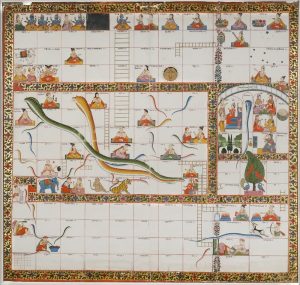
The second event that was cancelled was Olivia Cox-Fill’s book launch for her book, “Walking a Tightrope: Memories of Wu Jeiping, personal physician to China’s leaders”. If you were hoping to have purchased her book, I have found that it is available from Waterstones – an interesting story to while away some hours. Also, if you are missing our frequent lectures, many of the past ones are available as podcasts. So please take some time to find one that interests you and enjoy.
Sir Richard Burton
This week (19th March) marked the 199th anniversary of the birth of Sir Richard Burton. Born in Torquay, Devon, in 1821, Burton went on to have a varied, and some would say, a dramatic life.
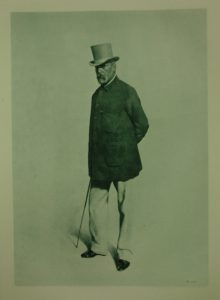
The Royal Asiatic Society has an almost complete collections of books and pamphlets authored by Burton, and many of those written about him, thanks to the collecting habits of Oscar Eckenstein, a railway engineer and climbing pioneer. Eckenstein’s story has been told in a previous blog post, well worth a re-read if you’ve forgotten the details of Eckenstein’s association with Aleister Crowley, once dubbed the “wickedest man in England”.
Burton’s story, too, has been highlighted in a previous blog post and he has his own webpage, but here are some highlights from his life:
- Burton went to Oxford University but was ‘rusticated’ for attending a steeplechase, so never completed his degree.
- He joined the Bombay Infantry in 1842, coming first in his linguistic exams.
- He travelled to Mecca and Medina in 1852, disguising himself so he could enter Mecca.
- He was part of an expedition to try to find the source of the Nile.
- He went to North America in 1860.
- He married Isabel in 1861 and then went without her to Fernando Po, West Africa, to take up position as Consul.
- He was also Consul in Sao Paulo, Brazil, and Damascus before taking up position in Trieste in 1872.
- Throughout this time Burton was writing books. He’s perhaps most famous for his version of the Arabian night stories but his publications also include titles as diverse as “A Complete System of Bayonet Exercise” to “Chinese Gordon”.
- He died in Trieste on 20 October 1890.
Within the Collections of the Society we have Burton’s consular hat from his time in Trieste.

2021 will see the 200th anniversary of his birth and I know that some organisations are already planning exhibitions and events to mark the occasion. We will keep you informed of these as the details emerge.
Colonel James Tod
Last week we were pleased to announce that Dr Norbert Peabody was the latest recipient of the Colonel James Tod Award, given by the Maharana of Mewar Charitable Foundation. But, this week, James Tod deserves another mention. Today (20th March) is the anniversary of his birth in 1782.
Tod joined the East India Company in 1799 as a cadet in the Bengal Army, rising quickly through the ranks. After the 3rd Anglo-Maratha Wars, during which Tod was involved in the intelligence department, he was appointed Political Agent for some areas of Rajputana. During this period Tod conducted much of his research. Tod was initially successful in his official role, but his methods were questioned by other members of the East India Company which meant that his influence declined. In 1823, Tod resigned his post as Political Agent and returned to England. Newly returned from India, we might guess that Tod must might been pleased to join with Colebrooke as a founder member of the RAS. Tod became the first librarian of the Society, a role that has continued to this day.
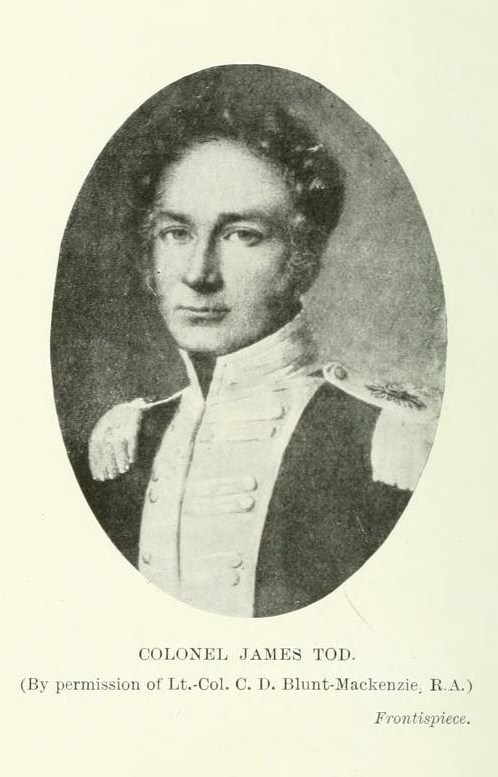
Tod married in 1826 and travelled on the continent with his new bride, Julia. In 1829, Tod published the first volume of Annals and Antiquities of Rajasthan, with the second volume produced in 1823. As you will have read last week, this publication will be re-issued to the mark the Society’s bicentenary, complete with all the original illustrations and diagrams, and alongside, will be a further companion volume.
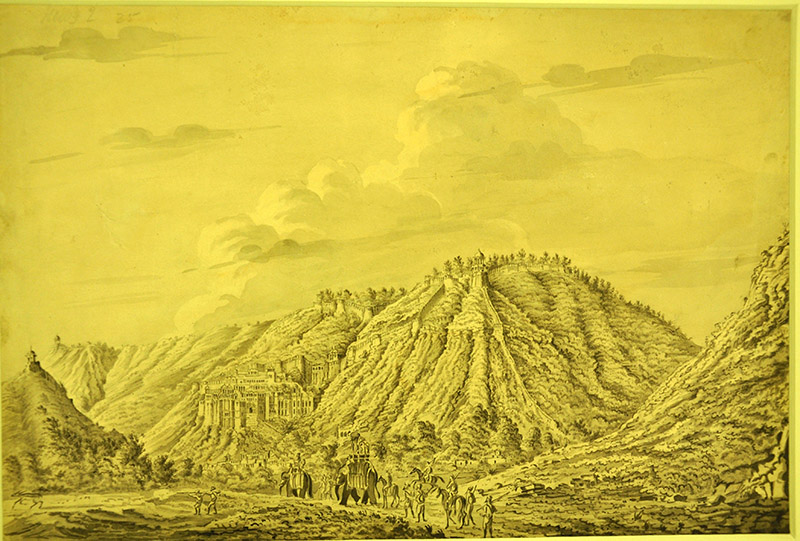
The above image is of one of the original drawings made by Tod’s cousin, Patrick Waugh, for use in the Annals. The image below shows the same view adapted by a professional artist to make the engraving for the publication.
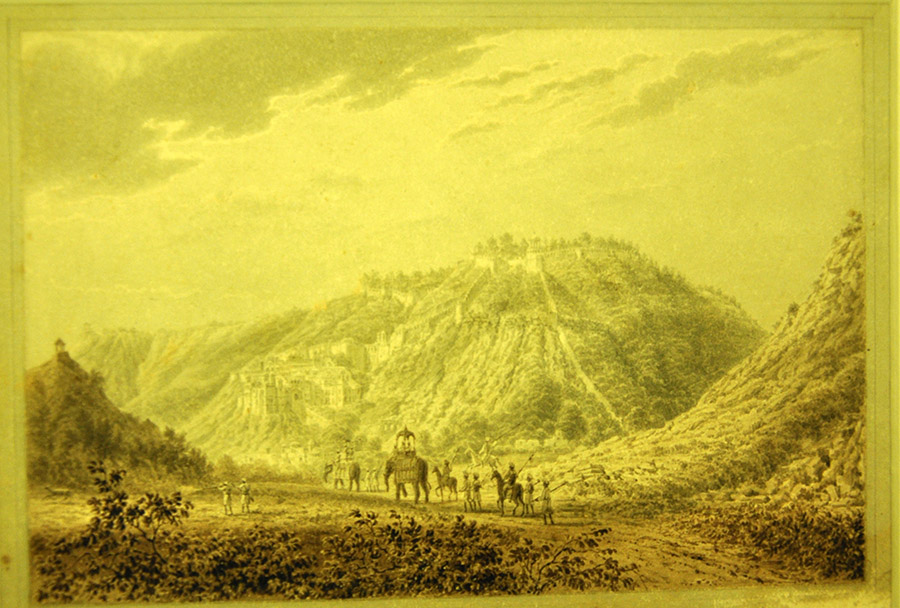
We have many of these images at the Society. Unfortunately these are not yet on our Digital Library but other South Asian artwork is available.
So, if you are stuck at home, raise a glass to these two men, both of whom certainly knew something about risk and danger of disease, and enjoy the time to research and discover more about the things that interest you.
